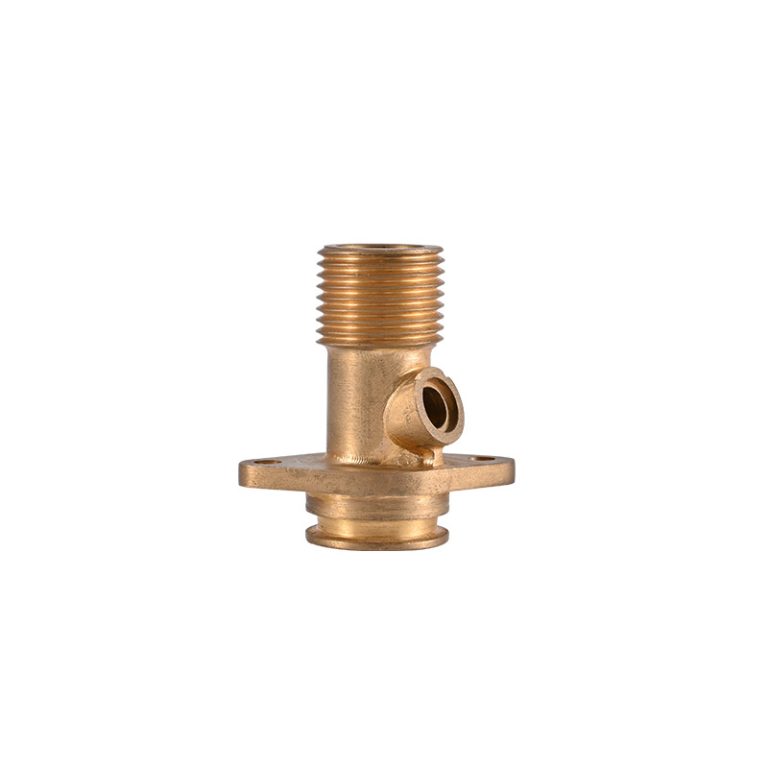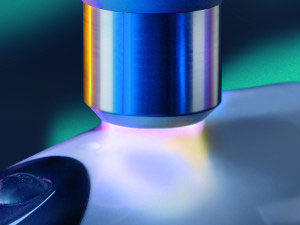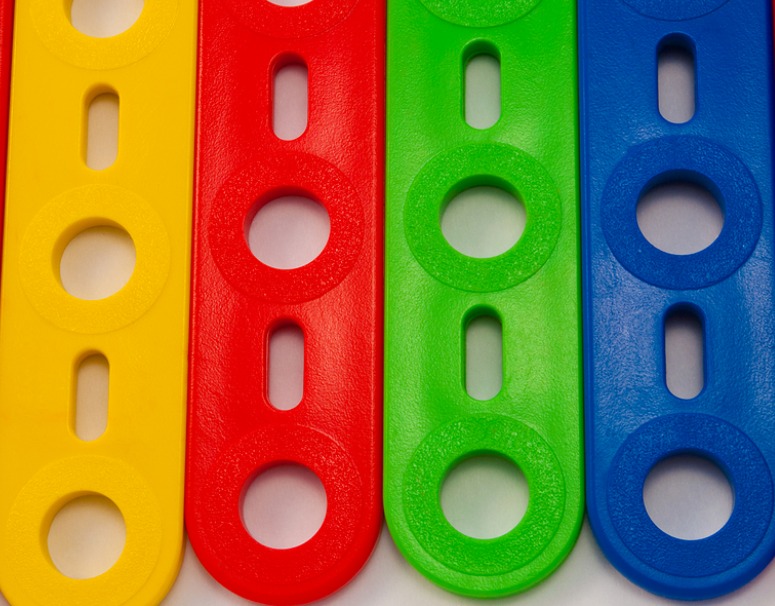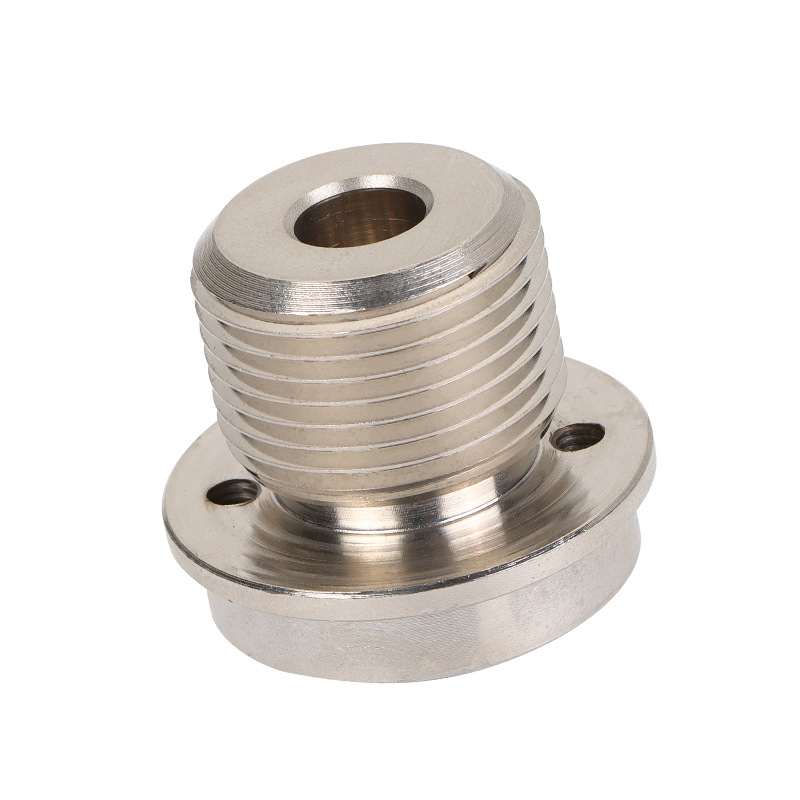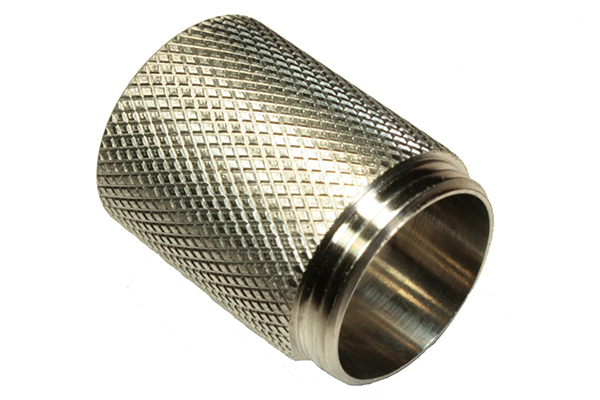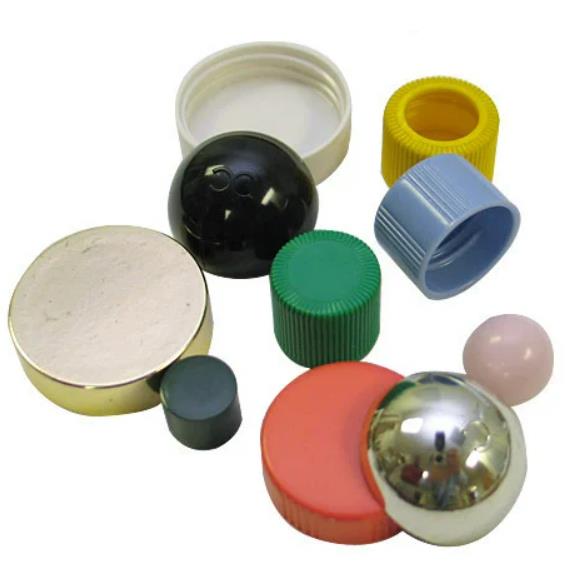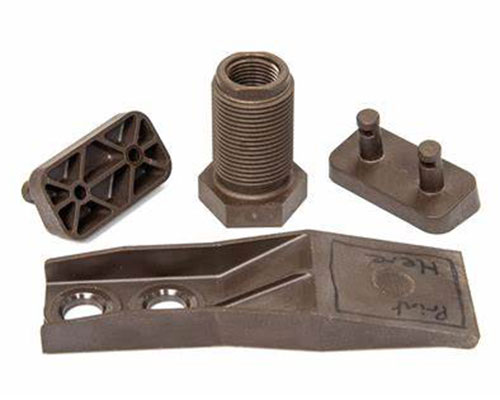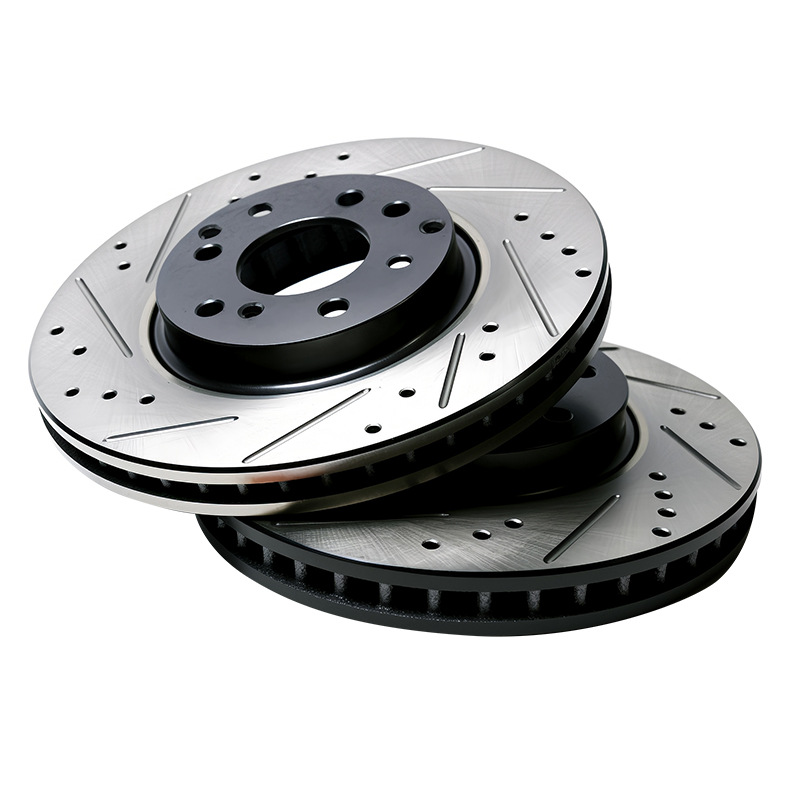Steel is the backbone of modern infrastructure, but its Achilles’ heel is corrosion. Bridges, fences, and industrial equipment exposed to rain, salt, or humidity can rust away in years, leading to costly replacements and safety risks. Paint and other coatings often fail—they crack, peel, or miss hard-to-reach areas like welds or bolt holes, leaving steel vulnerable. A highway guardrail might corrode at its base, a bridge beam could develop rust under paint, or agricultural machinery might degrade quickly in damp fields. What’s needed is a durable, all-encompassing protection method. This is where surface treatment hot-dip galvanizing delivers. By fully submerging steel in molten zinc, it creates a metallurgically bonded coating that covers every inch—even complex shapes—and provides long-lasting defense against corrosion. In this guide, we’ll explore how hot-dip galvanizing works, its process, properties, and applications across industries.
Introduction to Hot-Dip Galvanizing
Hot-dip galvanizing is a tried-and-true surface treatment that applies a protective zinc coating to steel through complete immersion in molten zinc:
- Definition: Hot-dip galvanizing is a process where cleaned steel is dipped into a bath of molten zinc (440-460°C), forming a series of zinc-iron alloy layers bonded to the steel surface. The result is a thick, uniform coating that acts as a physical and electrochemical barrier against corrosion.
- Historical background: The process traces back to the 18th century, with early experiments by chemists like Luigi Galvani. Industrial adoption grew in the 19th century for protecting iron structures, and by the 20th century, it became standard for steel infrastructure. Today, over 50 million tons of steel are galvanized annually worldwide, valued at $15 billion.
- Basic principles: The process relies on metallurgical reactions between iron (from steel) and zinc (molten). When steel is immersed, iron diffuses into the zinc, forming zinc-iron alloys at the interface, followed by a pure zinc layer on top. This creates a coating that’s an integral part of the steel, not just a surface layer.
- Industrial significance: Hot-dip galvanizing extends steel life by 30-50 years in most environments, reducing maintenance costs by 70% compared to painted steel. It’s critical for infrastructure (bridges, poles), transportation (guardrails, vehicle frames), and agriculture (machinery, fencing) where durability is non-negotiable.
- Environmental considerations: Galvanizing is eco-friendly—zinc is 100% recyclable, and the process produces minimal waste. Galvanized steel requires no repainting, reducing volatile organic compound (VOC) emissions. End-of-life galvanized steel is recycled with the zinc recovered, creating a closed-loop system.
- Comparison with other galvanizing methods: Hot-dip galvanizing outperforms alternatives:
| Feature | Hot-Dip Galvanizing | Electrogalvanizing | Zinc Spraying |
| Coating Thickness | 50-150 μm | 5-20 μm | 50-200 μm |
| Coverage | Complete (all surfaces) | Good (but thin on edges) | Variable (may miss gaps) |
| Corrosion Life | 30-50 years (rural) | 5-15 years | 10-25 years |
| Bond Strength | Metallurgical (excellent) | Mechanical (good) | Mechanical (fair) |
| Cost Over Time | Low (no rework) | High (frequent touch-ups) | Medium (occasional rework) |
Process of Hot-Dip Galvanizing
The hot-dip galvanizing process involves precise steps to ensure coating quality and adhesion:
- Pre-treatment: This critical phase prepares steel for coating:
- Cleaning: Alkaline degreasers remove oils, dirt, and mill scale, ensuring zinc can bond.
- Pickling: Hydrochloric or sulfuric acid baths remove rust and remaining oxides, leaving a clean iron surface.
- Fluxing: Steel is dipped in a zinc ammonium chloride solution to prevent re-oxidation before galvanizing. Flux forms a protective layer that dissolves in the molten zinc, allowing direct contact between steel and zinc.
- Immersion: Clean, fluxed steel is submerged in a bath of molten zinc (440-460°C) for 1-5 minutes. The bath contains 98-99.5% pure zinc, with small amounts of lead or aluminum to improve coating quality. Immersion time depends on steel thickness—thicker pieces need longer to reach bath temperature.
- Reaction: At high temperatures, iron from the steel reacts with zinc to form three distinct layers:
- A thin inner layer of iron-zinc (Fe₃Zn₁₀).
- A middle layer of iron-zinc (FeZn₇).
- An outer layer of pure zinc (Zn).
These layers are metallurgically bonded to the steel, creating a coating that won’t peel or chip.
- Cooling: After removal from the zinc bath, parts are cooled rapidly with water or air. This solidifies the coating and prevents excessive zinc runoff, ensuring uniform thickness.
- Post-treatment:
- Inspection: Coating thickness, adhesion, and appearance are checked.
- Finishing: Sharp edges may be ground smooth, and small repairs (if needed) are done with zinc-rich paint.
- Temperature control: Maintaining the zinc bath at 440-460°C is critical—too low, and the reaction is slow; too high, and zinc becomes too fluid, leading to thin coatings. Thermocouples and heaters regulate temperature within ±5°C.
- Safety protocols: Workers wear heat-resistant gloves, face shields, and aprons to protect against molten zinc splatters. Ventilation systems remove zinc fumes, and emergency showers/eyewash stations are mandatory.
Properties of Hot-Dip Galvanized Surfaces
Hot-dip galvanized coatings offer a unique set of properties that make them ideal for outdoor and industrial use:
- Corrosion resistance: The zinc coating acts as a barrier, preventing oxygen and moisture from reaching the steel. In rural areas, galvanized steel lasts 30-50 years; in coastal (saltwater) environments, 15-30 years—far longer than painted steel (5-10 years).
- Sacrificial protection: If the coating is scratched, zinc corrodes preferentially (galvanic action), protecting the exposed steel from rust. This “self-healing” effect makes galvanizing ideal for high-wear areas.
- Thickness and uniformity: Coatings range from 50-150 μm, with thicker layers on corners and edges (where corrosion is most likely). This built-in protection eliminates weak points.
- Adhesion: The metallurgical bond between zinc and steel ensures adhesion strengths >20 MPa, far exceeding paint (1-5 MPa). This prevents peeling, even under mechanical stress or thermal cycling.
- Wear resistance: The hard zinc-iron alloy layers (200-300 HV) resist abrasion, making galvanized steel suitable for high-traffic areas like guardrails and industrial floors.
- Thermal resistance: Galvanized coatings withstand temperatures up to 200°C without degradation. For higher temperatures (up to 300°C), special high-temperature galvanizing processes are available.
- Aesthetic appeal: The characteristic bright, silvery finish weathers to a uniform dull gray patina over time, giving structures a classic, industrial look. This patina (zinc carbonate) further enhances corrosion resistance.
Applications of Hot-Dip Galvanizing
Hot-dip galvanizing protects steel in diverse environments and applications:
- Construction: Bridges, stadiums, and building frames rely on galvanizing for long-term corrosion resistance. The Golden Gate Bridge’s galvanized components, for example, have lasted over 80 years with minimal maintenance.
- Transportation infrastructure: Highway guardrails, traffic signals, and railway tracks use galvanizing to survive exposure to rain, salt, and vehicle impacts. Galvanized guardrails have a 25+ year service life, compared to 5-7 years for painted ones.
- Utility poles: Electrical and communication poles are fully galvanized to resist rot and corrosion, ensuring reliable service in rural and coastal areas. Galvanized poles last 40+ years, outperforming treated wood (20-30 years).
- Agricultural equipment: Tractors, fences, and storage tanks use galvanizing to withstand manure, fertilizers, and damp conditions. Galvanized farm equipment requires 50% less maintenance than painted alternatives.
- Marine industry: Dock pilings, boat trailers, and offshore platforms use galvanizing to resist saltwater corrosion. While not as durable as stainless steel, galvanizing offers a cost-effective middle ground for coastal applications.
- Automotive: Truck frames, trailer hitch components, and undercarriage parts are galvanized to protect against road salt and mud. This extends vehicle life by 3-5 years in cold climates.
- Industrial equipment: Conveyors, storage racks, and manufacturing machinery use galvanizing for corrosion and wear resistance, reducing downtime for repairs.
Hot-Dip Galvanizing Process and Equipment
Specialized equipment ensures consistent, high-quality galvanized coatings:
- Galvanizing tanks: Large rectangular tanks (up to 15 meters long) made of low-carbon steel, lined with refractory materials to withstand molten zinc. They hold 50-500 tons of zinc and are heated by natural gas or electricity.
- Molten zinc baths: Maintained at 440-460°C with precision temperature controls. Baths are periodically tested for purity (zinc content) and alloying elements (lead, aluminum) to ensure coating quality.
- Pre-treatment equipment: Degreasing tanks (alkaline solutions), pickling tanks (acidic solutions), and flux tanks (zinc ammonium chloride) are arranged in a sequence, with rinsing stations between steps to prevent chemical cross-contamination.
- Immersion equipment: Overhead cranes or hoists with adjustable speed control lower and raise steel into the zinc bath. Parts are suspended at an angle to allow proper drainage and prevent air pockets.
- Cooling systems: Water sprayers or cooling racks rapidly cool parts after galvanizing. Controlled cooling prevents warping and ensures the coating solidifies uniformly.
- Quality control equipment: Magnetic thickness gauges (for coating thickness, ±5 μm accuracy), adhesion testers (bend tests), and visual inspection tools (magnifying glasses) ensure compliance with standards like ASTM A123.
- Agitation systems: Mechanical stirrers or recirculation pumps keep the zinc bath homogeneous, preventing temperature stratification and ensuring uniform coating thickness.
Yigu Technology’s Perspective
As a leading custom manufacturing supplier in China, Yigu Technology provides hot-dip galvanizing services for construction, automotive, and industrial clients. Our facilities handle steel parts up to 12 meters long, with coating thicknesses from 50-150 μm (±10% uniformity). We follow ASTM A123 standards, using high-purity zinc (99.5%) and automated pre-treatment systems for consistent quality. Our quality lab tests every batch for thickness, adhesion, and corrosion resistance, ensuring 30+ year service life in rural environments. Whether galvanizing bridge components or agricultural machinery, we deliver durable, cost-effective protection tailored to client needs.
FAQs
- How long does hot-dip galvanizing last?
Service life depends on environment: 30-50 years in rural areas, 20-30 years in urban areas, and 15-20 years in coastal/saltwater environments. This is 3-5x longer than painted steel.
- Can galvanized steel be painted?
Yes, but it requires special preparation (lightly abrading the surface to create a key) and zinc-compatible primers. Painting is often done for aesthetic reasons or to extend life in extreme environments.
- Is hot-dip galvanizing suitable for high-temperature applications?
Galvanized coatings perform well up to 200°C. Above 300°C, zinc may react with steel, reducing adhesion. For high-heat uses (e.g., industrial ovens), heat-resistant coatings or stainless steel are better options.
